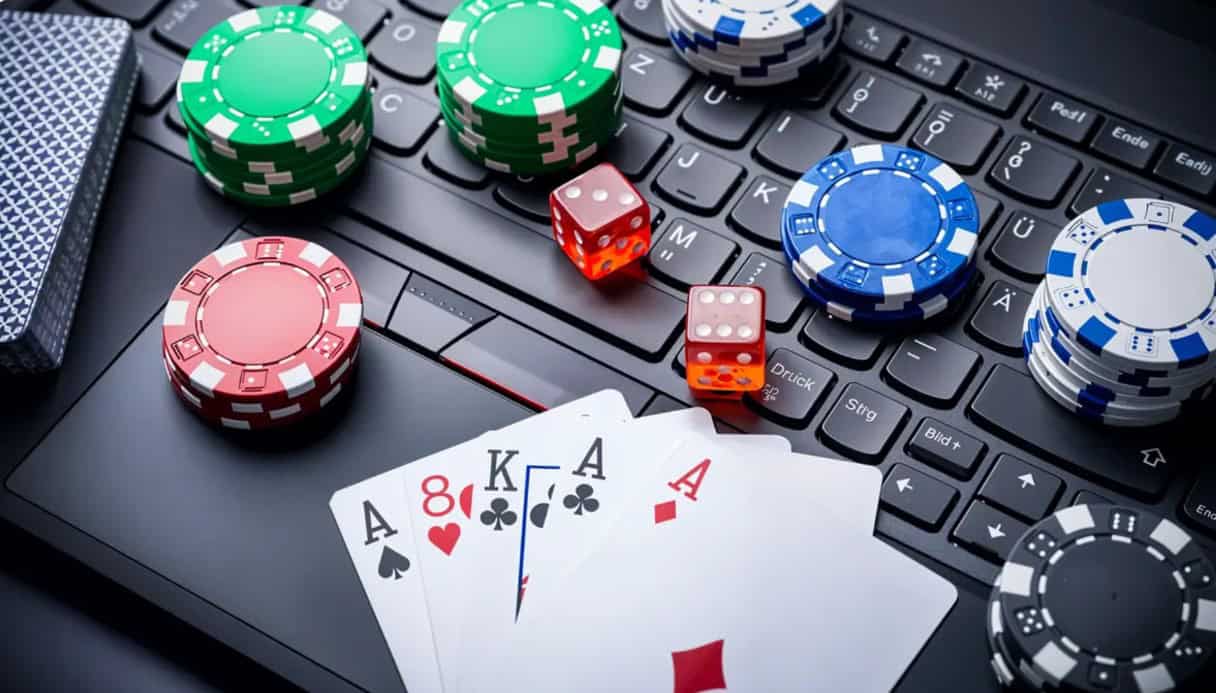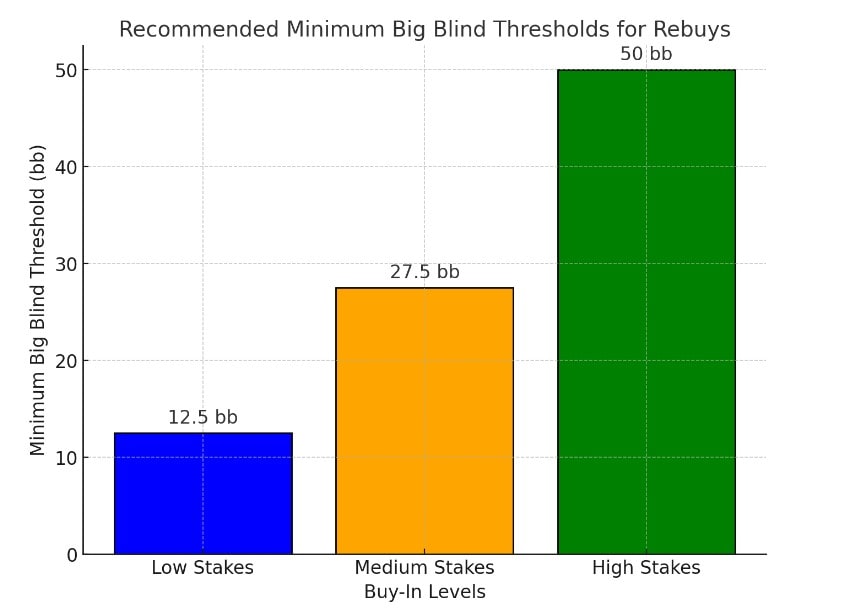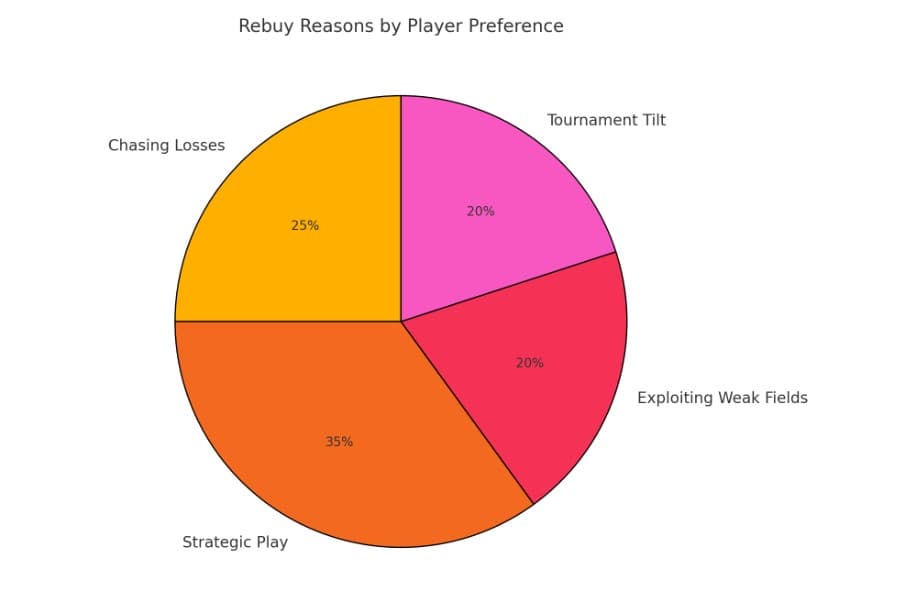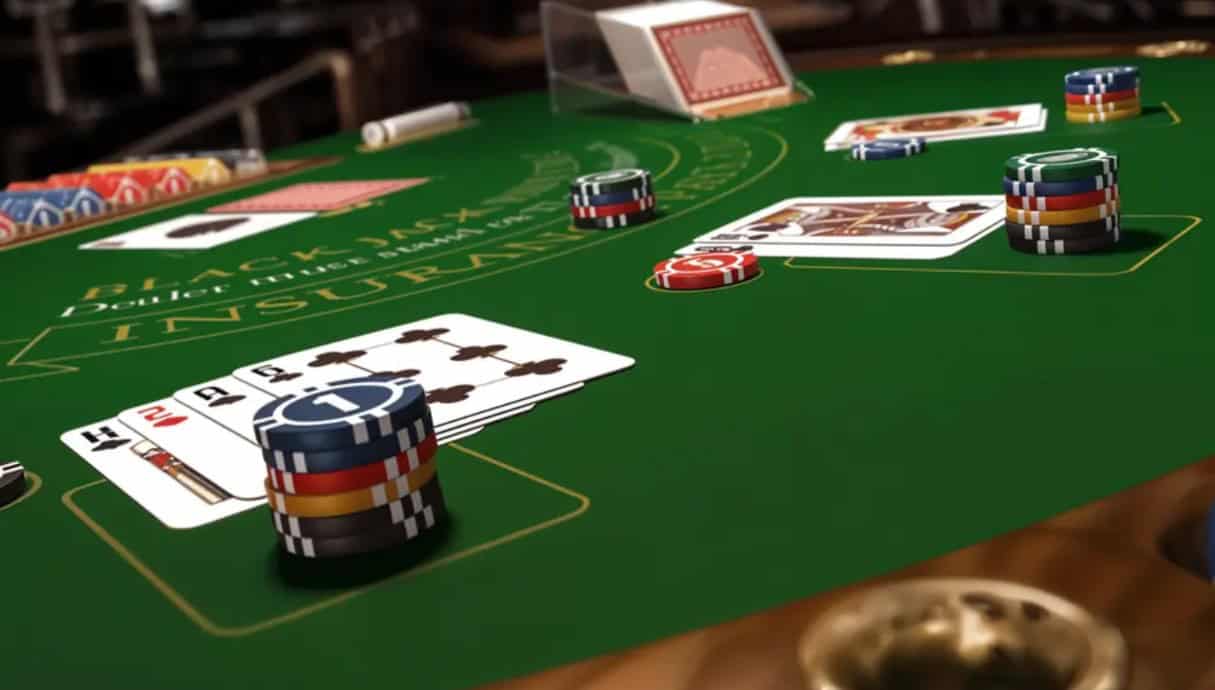
Optimal Strategies for Poker Rebuys and Re-Entries
Poker tournaments are a different class altogether, a fusion of skills and patience with that touch of calculated risk. Add rebuys and re-entries to this mixture, and instantly, things turn a lot more complex. Know exactly when to rebuy or re-enter this event, and it might be that thin line between getting knocked out or miraculously coming from behind to win the event. But how does one go about such a decision?
That’s where strategy comes in, and the buy-in level of the tournament really makes more of a difference than most people think.
The basics: what are Rebuys and Re-entries?
Before strategy, though, let’s define the terms: A rebuy is when you’re able to buy more chips throughout a tournament—usually after you lose your first stack. A re-entry is when you basically re-register for the tournament just like any other player—often starting with a new chip stack. They’re both second chances—but only if you take true advantage of them.
Rebuys and Re-Entries by Buy-In Level

Not all the tournaments are created equal, and neither are all of the player pools. Most of your approaches to rebuys and re-entries would have to do deeply with the buy-in level, as the skill and chip dynamics of the player changes when it comes to low, middle, and high stakes.
Low Limits: Buy-in up to $25
These stages can be marked by when fields are soft, full of casual players, or just amateurs. It’s really a fine time when any good player can pick up steam, even when they’re short-stacked.
When to Rebuy or Re-enter:
- Re-enter with as little as 10-15 big blinds (bb).
- The weaker competition means you can exploit the field even with limited resources, so don’t hesitate to take another shot.
- Focus on aggressive play to quickly build your stack.
Key tip: Time your re-entry near the end of the rebuy period when your opponents are more likely to be making careless mistakes, thereby maximizing your likelihood of doubling up.
Medium Limits: Buy-in up to $60
The middle ground introduces more experience and tighter competition. It’s a big setback starting shallow at this level as your ability to maneuver is so much more reduced against the sharper opponents.
When to Rebuy or Re-enter:
- Enter only if you receive at least 25-30bb.
- This ensures enough flexibility for strategic play, allowing you to maintain fold equity and apply pressure when needed.
Key tip: Be very aware of table stack dynamics. Unless most of the players are dramatically bigger stacked, re-entering at most points is going to put you at a significantly disadvantageous position.
High Limits: Buy-in $60+
The competition gets rougher, and the stakes go up. Good players are aggressive, playing sophisticatedly, exploiting every edge available. More often than not, it becomes a bad proposition to sit with a short stack at such tables.
When to Rebuy or Re-enter:
- Only rebuy if you receive at least 50bb.
- This gives you enough breathing room to engage in deeper-level strategy without being bullied out of pots by larger stacks.
Key tip: Consider the event’s structure, too: A lot of blinds going up extremely fast means that even 50bb might not cut it to justify your re-entry. Timing has got to be everything.

When Not to Rebuy or Re-Enter
Sometimes, the best move you’ll ever make is to walk away. Here’s when to think twice:
- Slanted mentality: To come in when one feels frustrated or imbalanced with emotions, without judgment.
- Poorer ROI: Estimate your ROI. If the rebuy/re-entry puts you at a big chip disadvantage, then your chances of cashing may not justify the price.
- Field strength: A short stack in an aggressive field will make one almost irrecoverable. Save the bankroll for another day.
The Psychology of Second Chances

Rebuys and re-entries can feel like a lifeline, but they’re also a double-edged sword. The temptation to “chase” lost chips is strong, and that’s where bankroll management becomes critical. Always set a firm limit on the number of rebuys or re-entries you’re willing to make before the tournament starts. Disciplined poker is your best friend, and overextending yourself turns to ruin very soon.
Final Thoughts: Playing the Long Game

Whether someone grinds the low-limit tournaments or slugs it in the high-stakes events, the right attitude towards rebuys and re-entries always should stay consistent right with your overall game plan and bankroll management. How the buy-ins work at each level, sticking to your own plan—these are the dynamics that will make or break this opportunity.
After all, it is not about the cards one gets dealt but how you play them. Sometimes the smartest play is knowing when to invest in a rebuy, and when to fold up one’s tents and wait for the next game.
